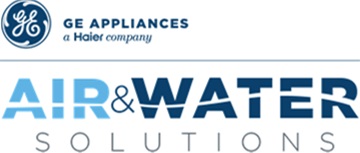Gas appliances like ranges, fireplaces, and furnaces are important amenities that many home buyers want in a new home. However, in some residential developments, natural gas access may not be feasible and on-site propane storage may also have challenges. Community propane systems offer an innovative method for supplying propane to every home in a community through a centralized delivery system. Community propane systems allow developers to offer gas access to builders, who in turn can sell gas amenities to buyers. In the end, both benefit and homeowners reap the rewards of gas appliances and other desired technologies in their home.
This course discusses how community propane systems work; use cases for these systems; value propositions for developers, builders, and owners; and common propane applications for residences and community buildings.







